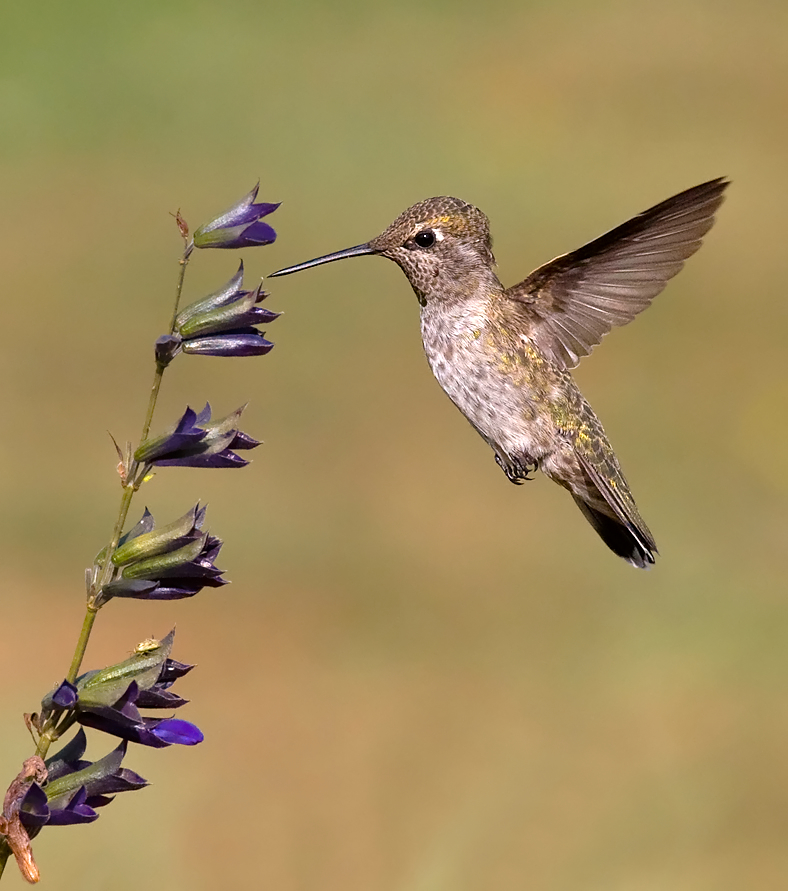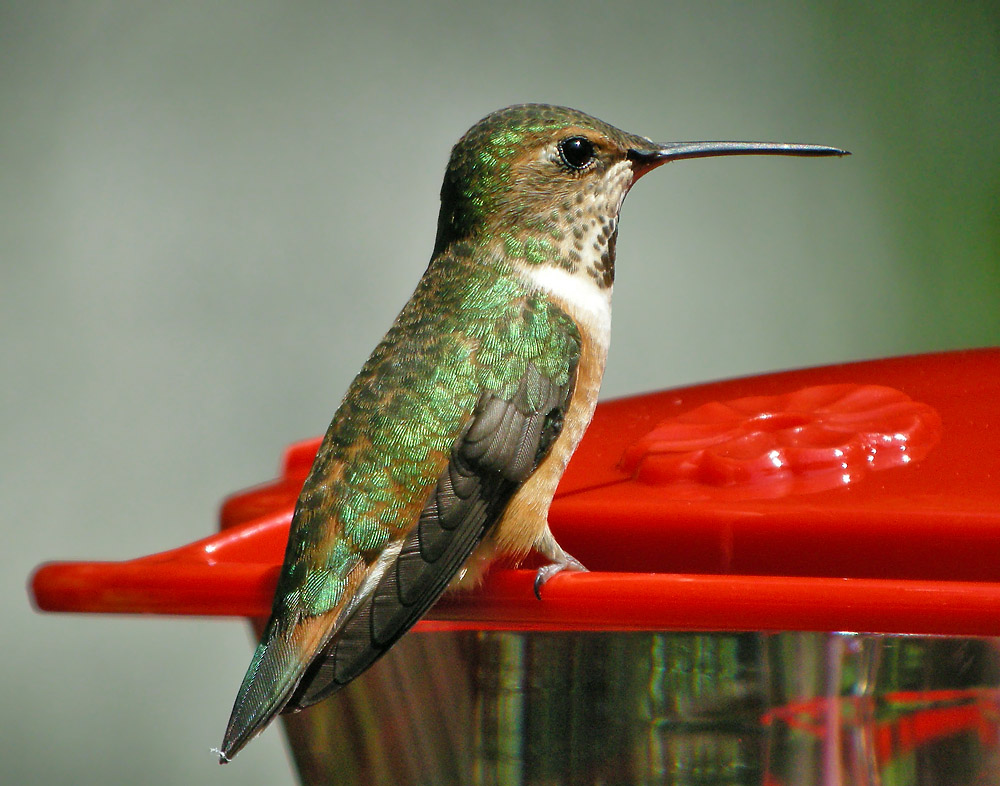

The transition from range II to range III occurs at a critical velocity (U*) characterized by an abrupt increase in vibration velocity. Asterisk indicates the sound first detected.

Range II: at intermediate U air, small amplitude vibrations were recorded, but no sound was detected (braces). Range I: at low U air, no motion was detected (no data present). All feathers exhibited varying magnitudes of flutter that fitted into three ranges. Sound production and average flutter velocity as a function of airspeed (U air ), for Costa's hummingbird (Calypte costae) R5 (blue), volcano hummingbird (Selasphorus flammula) R2 (red) and black-chinned hummingbird (Archilochus alexandri) R5 (green). As a result, this feather's orientation did not change, even though airflow-induced bending may result in a large shift in the feather's longitudinal axis (L). (D)Under this coordinate system, angles α and β did not shift when feathers bent or twisted in airflow these are changes in aeroelastic deformation.

(C)The sting could be rotated from outside the wind tunnel, changing α, whereas β was changed by bending the pin to which the feather was glued. The lasers (described in Clark et al., 2013) and camera recorded the feather through the acrylic walls of the tunnel. The top and bottom surfaces of the tunnel were lined with 2.54cm acoustic foam. The microphone was not in the aerodynamic wake of the feather. The feather was glued to a pin, which was mounted in a pin vise attached to the end of the sting. A sting projected into the working section from the top of the wind tunnel, and could be rotated about its longitudinal axis from outside the tunnel (rounded arrow). (B)Experimental setup used to record sounds, vibrations and video of feathers in the working section of a wind tunnel. These angles were defined at the feather's calamus, where aeroelastic deformation was negligible. Rotation about Y was angle α and rotations about the Zaxis (projects out of the page) was angle β. (A)Lab-based coordinate system (side view). Experimental setup and coordinate system. Flutter is instead aeroelastic, in which structural (inertial/elastic) properties of the feather interact variably with aerodynamic forces, producing diverse acoustic results.įig.2. This, along with the presence of strong harmonics, multiple modes of flutter, and several other nonlinear effects indicates that flutter is not simply a vortex-induced vibration, and that the accompanying sounds are not vortex whistles. Reduced frequency of flutter varied by an order of magnitude, and declined with increasing Uair in all feathers. Loudness increased with airspeed in most but not all feathers. At low airspeeds (Uair) feather flutter was highly damped, but at a threshold airspeed (U*) the feathers abruptly entered a limit-cycle vibration and produced sound. All feathers tested were capable of fluttering at frequencies varying from 0.3 to 10 kHz.
HUMMINGBIRD SOUNDS SERIES
We investigated the underlying mechanics of flutter and sound production of a series of different feathers in a wind tunnel. Flutter may be the result of vortex shedding, or aero-elastic interactions. During courtship, the female sits quietly on a perch while the male displays in a pendulum dance, swinging in a wide arc and buzzing loudly with each dip.Males in the 'bee' hummingbird clade produce distinctive, species-specific sounds with fluttering tail feathers during courtship displays. They are constantly in motion, perching on twigs or wires only briefly to rest and to survey their surroundings, or when they are at the nest. With their remarkable powers of flight, they are the only birds that can fly backward as well as hover in one spot like insects. Hummers are also attracted to artificial feeders-red glass tubes filled with sweet liquid. Winters mainly in tropics, rarely on Gulf Coast.ĭiscussion: These diminutive birds are particularly attracted to tubular red flowers such as salvia and trumpet creeper, as well as bee balm, petunia, jewelweed, and thistle. Breeds from southern Canada to Gulf Coast. Range:The only hummingbird that breeds east of Mississippi River. Nest is saddled to the branch of a tree, usually in a forest clearing. Nesting: 2 white eggs in a woven nest of plant down held together with spider silk and covered with lichens. Habitat: Suburban gardens, parks, and woodlands. Female green above, with white throat and breast, buff sides, and white-tipped outer tail feathers. Metallic green above, white below male has brilliant, iridescent red throat. Ruby-throated Hummingbird Archilochus colubrisĭescription: 3 1/2" (9 cm).


 0 kommentar(er)
0 kommentar(er)
